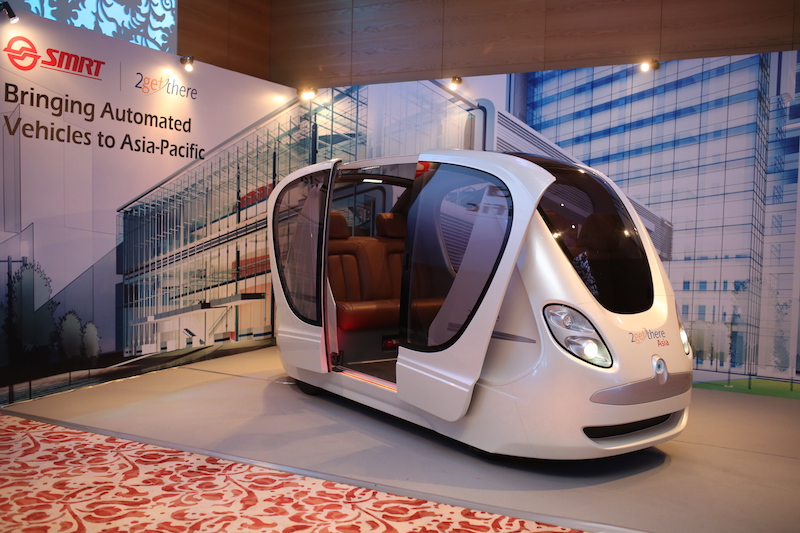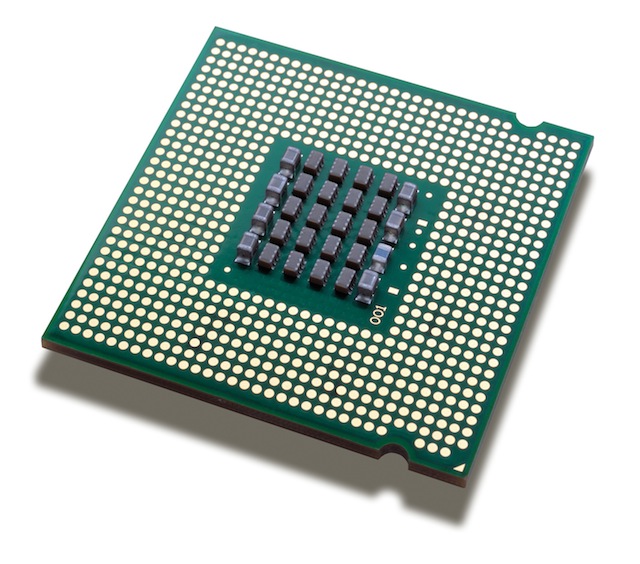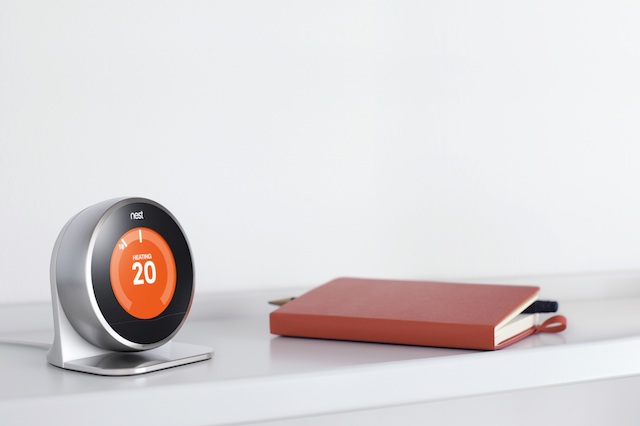At the recend Autodesk University event in Sydney I had the opportunity to talk with Pat Williams, the company’s senior vice president for Asia Pacific.
Williams’ beat covers all of Asia and he’s based out of Shanghai where he’s been based for the last eight years and prior to that he spent a decade in Japan.
Having spent so much time in North East Asia, and heading to the PRC the following week myself, it was interesting to hear Williams’ views on how industry is changing in China and ther country’s attitude to American software companies.
“There’s a lot of noise that gets made in China about their local IP and the local vendors and what I say is ‘the Chinese companies are competing in a global market and they are under the same competitive pressures as everybody else in the world so when they find a better tool they use it. Despite all the noise, business is quite good there.”
For the Chinese economy, the aging and increasingly expensive workforce presents a problem, something addressed by the China Manufacturing 2025 plan which sees the country increasingly competing in high tech sectors such as aerospace, telecommunications and biotech fields.
“China’s kind of an anomaly,” says Williams of the country’s immense growth rates. “From a government perspective there’s a lot of horsepower behind the things that they do – China 2025, their manufacturing initiative, you’ve got what they’ve been doing with Building Information Modelling (BIM) and our architectural tools.”
They’ve really kind of spearheaded what we’ve been talking about on things like 3D printing of houses. China on its own is just this mushroom that’s happening.”
While the industrial shift in China and the rest of Asia is promising opportunities to companies like Autodesk, that change is affecting their workforce as well with the company announcing plans to lay off ten percent of their workforce earlier this year.
Those cutbacks are part of the adjustment to a new market reality says Williams, “it was part of right sizing the business.” He observed “we realised our margins were going to be compressed as we move to a subscription model.”
Autodesk’s shifts illustrate how the opportunities in the new economy don’t come without costs even for the companies that seem to be winners in a shifting marketplace.
In China, American companies are finding they have to a unique proposition – companies like Apple and Autodesk are good examples – and as the country moves its economy further up the value chain all foreign businesses are going to have to show how they add value.
Succeeding in a changing economy isn’t without uncertainty. And it certainly isn’t without risks.




